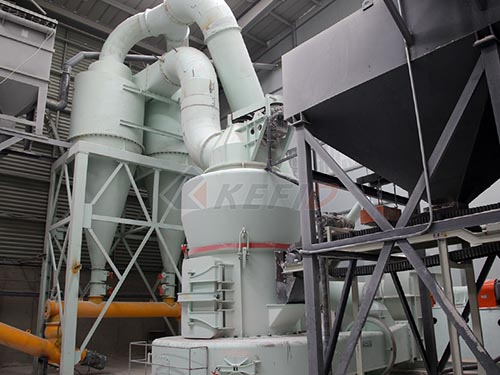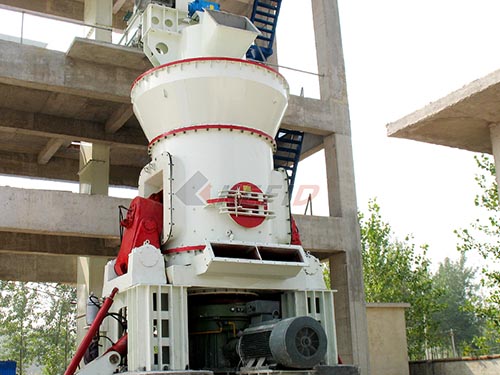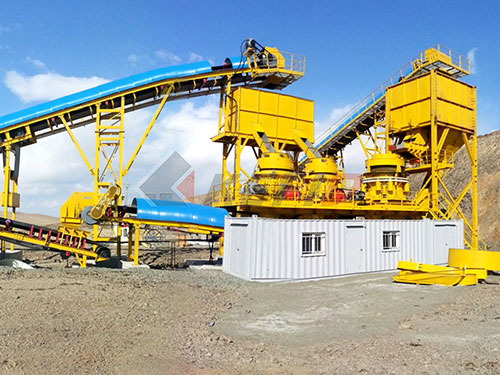The Essential Force: Understanding the Cube & Cylinder Crusher Press
In the critical world of construction materials testing, particularly for concrete, accurately determining compressive strength is non-negotiable. This vital parameter dictates structural integrity, safety margins, and compliance with design specifications. At the heart of this assessment lies a specialized piece of equipment: the Cube & Cylinder Crusher Press, also known as a Compression Testing Machine (CTM) or Concrete Compression Tester. Far from being simple crushers, these sophisticated machines are precision instruments designed to apply controlled force until failure occurs.
Core Function: Measuring Ultimate Strength
The primary mission of a Cube/Cylinder Crusher Press is straightforward yet crucial: to subject standardized concrete specimens – typically 150mm or 100mm cubes or cylinders (e.g., 150mm diameter x 300mm height) – to an ever-increasing compressive load at a controlled rate until the sample fractures. The maximum load sustained before failure is recorded and used to calculate the compressive strength in megapascals (MPa) or pounds per square inch (psi). This value is fundamental for:
1. Quality Control: Verifying if produced concrete meets specified strength grades.
2. Compliance Testing: Ensuring adherence to national and international standards (ASTM C39, EN 12390-4, IS 516, etc.).
3. Research & Development: Evaluating new mix designs or additives.
4. Structural Assessment: Providing data for evaluating existing structures.

How It Works: Precision Under Pressure

Modern presses are predominantly hydraulic, utilizing oil pressure generated by an electric pump:
1. Loading: The carefully cured concrete specimen (cube or cylinder) is centrally positioned on the machine’s robust lower platen (loading plate).
2. Application of Force: The operator initiates the test via controls (manual levers or digital interfaces). Hydraulic pressure builds within a cylinder.
3. Load Transfer: A piston within this cylinder rises smoothly under pressure.
4. Compression: The rising piston pushes against an upper platen/crosshead assembly, which descends onto the specimen.
5. Constant Rate Loading: Crucially, advanced machines control the rate at which stress increases on the specimen (e.g., within ranges specified by standards like 0.2 MPa/s to 0.4 MPa/s), ensuring consistent and comparable results.
6. Measurement & Failure: Load cells integrated into the frame accurately measure the applied force

Leave a Reply